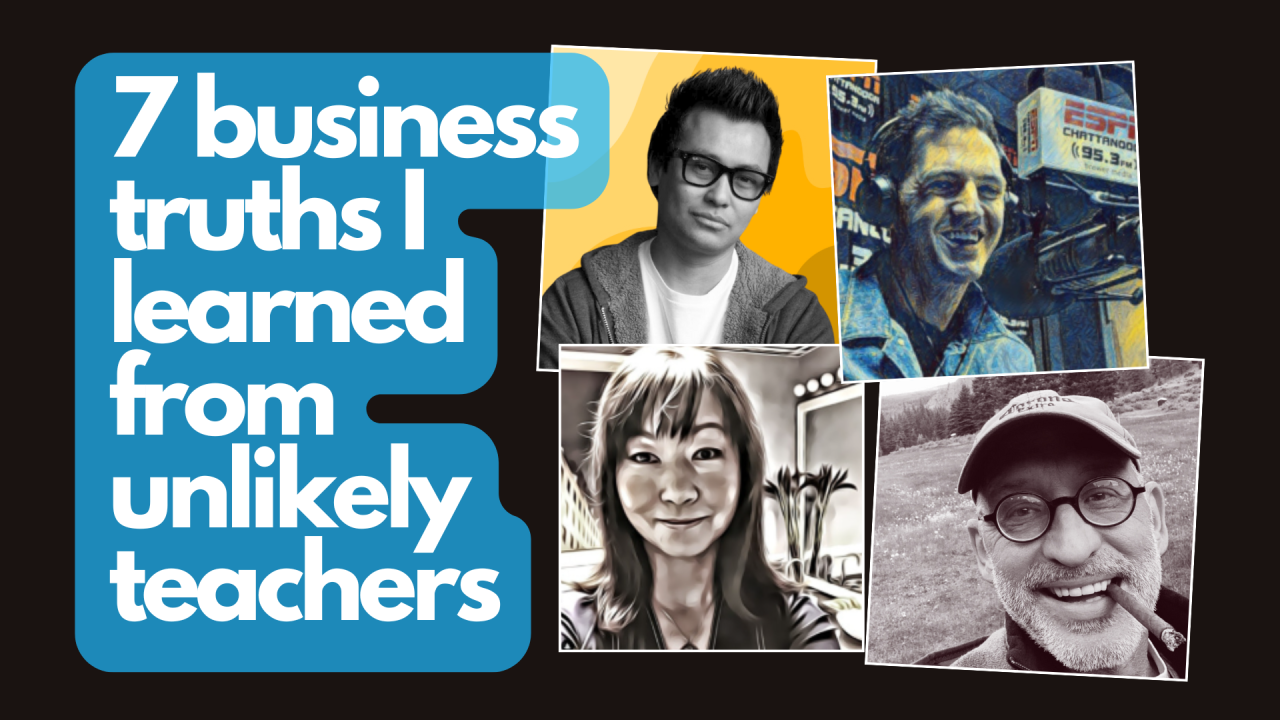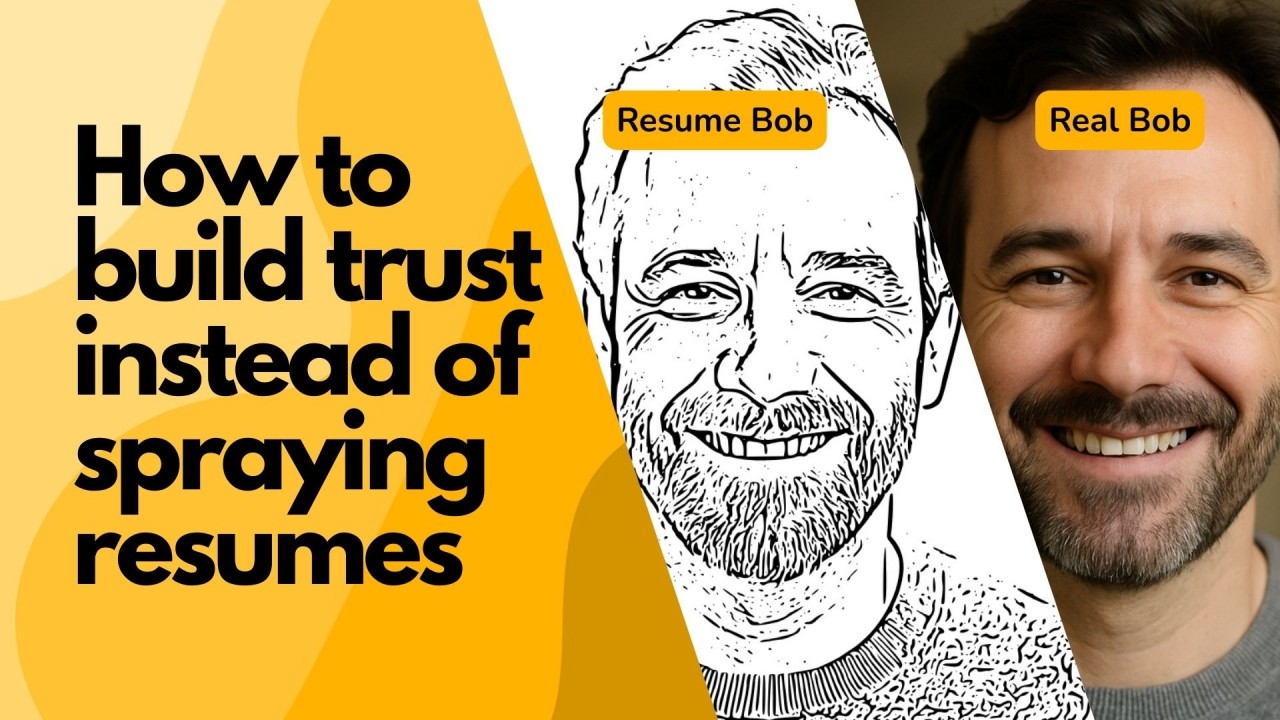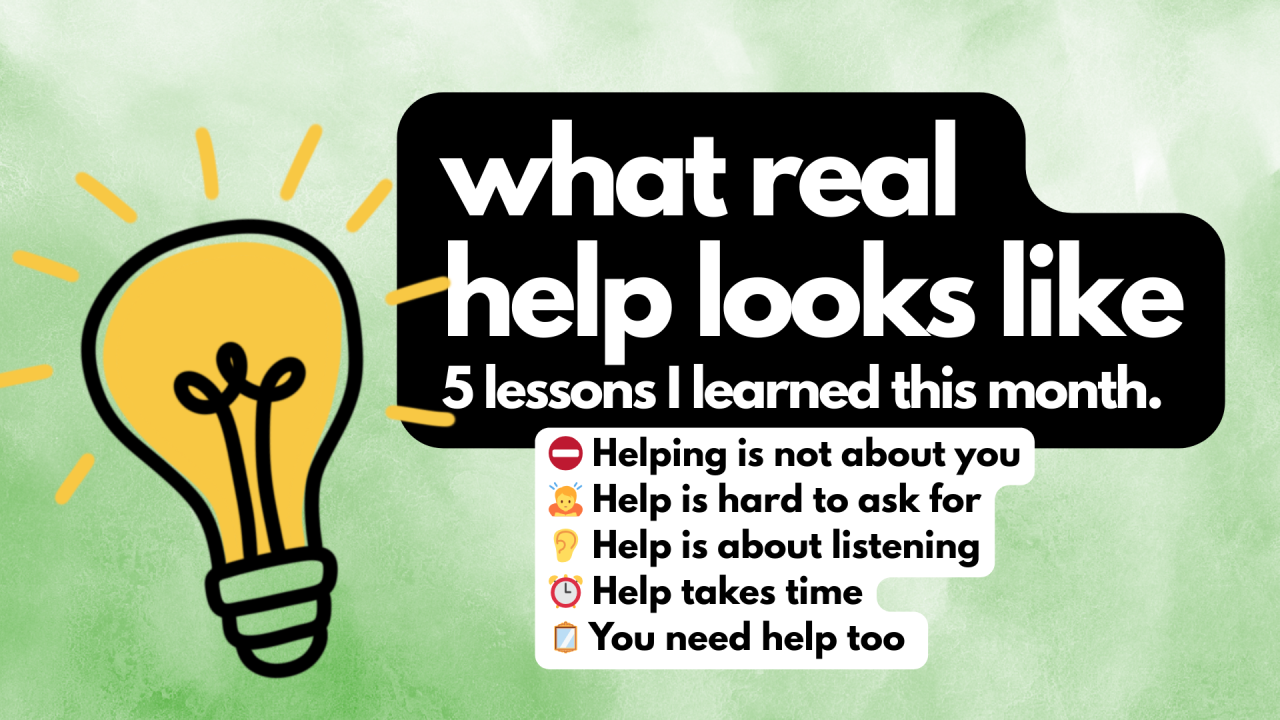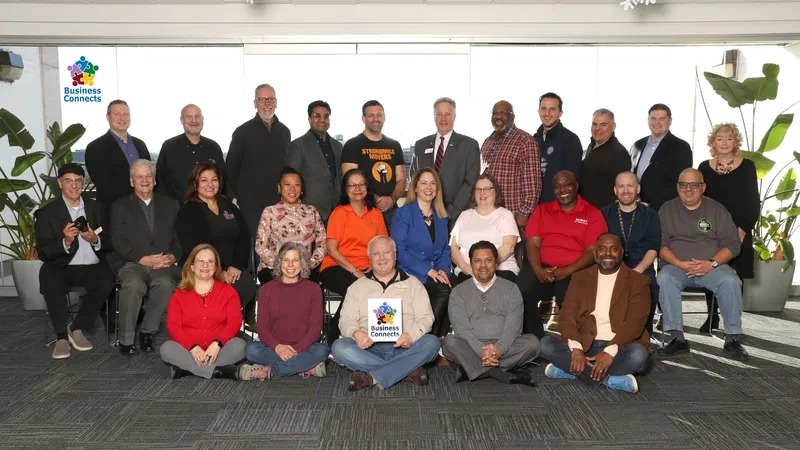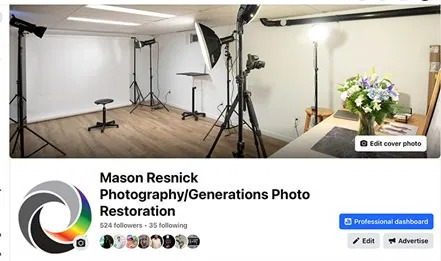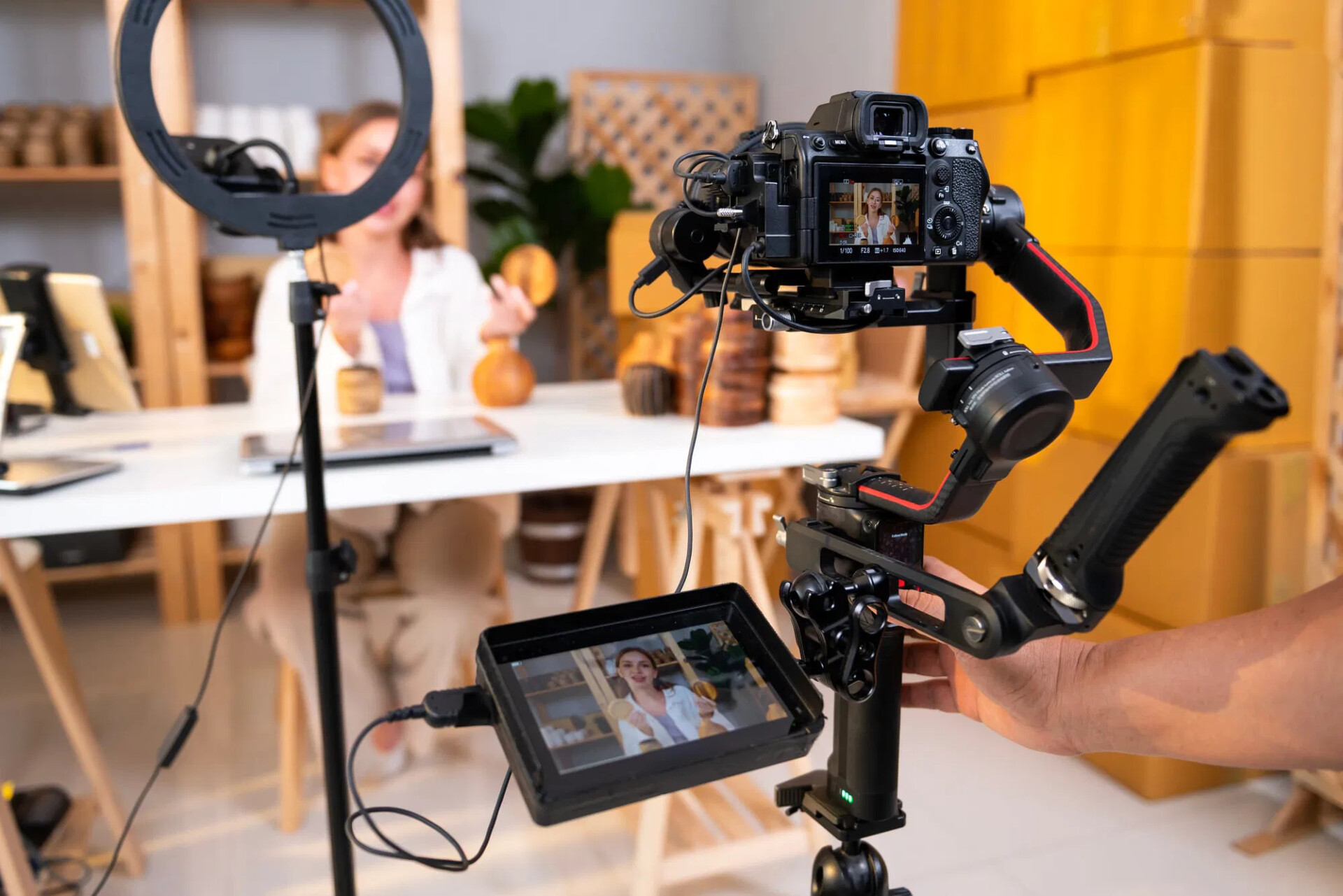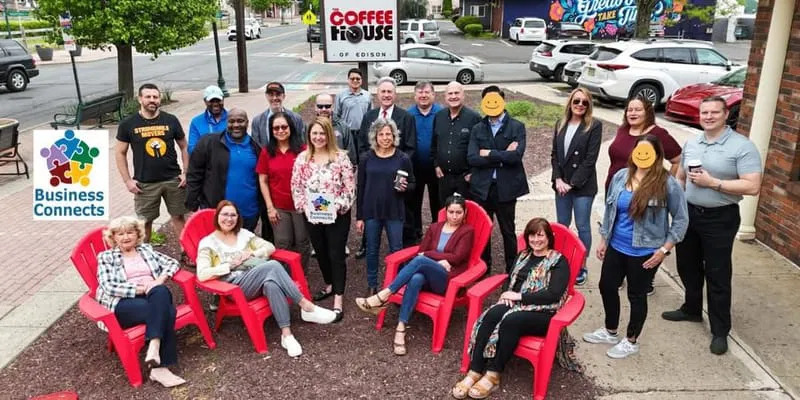By Mason Resnick
Social media is changing and evolving. Some platforms have become unpredictable, while others have seen ownership or management changes that have caused abrupt changes in direction. Others have attracted hot political posts, and the resulting noise may be drowning out the story you are trying to tell your potential clients about your business. In other words, some social media platforms are experiencing instability.
I am a New Jersey-based freelance photographer and photo restorer. I recently concluded that I needed to re-assess which social media platforms were working for me, which ones weren’t, and if there were new platforms worth testing. It’s the first time I assessed my social media in this manner.
I learned a lot.
After going through this process, I now feel strongly that any business that is looking to expand through online exposure should do a quarterly assessment of their social media performance and make adjustments as needed.
In my case, I have been quite active on Facebook, somewhat less so on LinkedIn, and an occasional poster on Instagram. I had a long-forgotten Flickr account, and stopped using X over a year ago. I never really got any response on Twitter, and felt that new ownership was going to ruin it. I started using Threads, and, more recently, BlueSky. I never got into TikTok.
The TikTok Fiasco
A few weeks ago, TikTok shut down for a day, and its many users freaked out. I didn’t (see last sentence of previous paragraph), but after that fiasco, I started thinking about what I would do if one of the platforms I am active in went down or fundamentally changed. I’ve concluded that, although it requires more work, it may be a good idea for business owners to diversify their social media exposure.
(Originally, I wrote this on Facebook and was only thinking about photographers, but some of these marketing thoughts could be applied to any business.)</I></P> <P>So, I went through each of my social media accounts. This is what I learned. Your mileage may vary. (I’ve included links to my various profiles; check them out and let me know what you think!):</P>
Facebook
I have personal and business pages, and post at least once a week about recent assignments or photo retouching jobs. And it gets results! When someone asks for recommendations for local photographers on community Facebook pages, I usually get around half the recommendations and follow up immediately. At least 750% of those follow-ups lead to jobs. No need to make major changes here.
LinkedIn
Although I get considerably less work directly from LinkedIn, I try to post several stories a month that position me as an industry expert. I’m also starting to use it to find corporate connections so I can offer them business-to-business visual storytelling packages.
Flickr
I hadn’t updated my Flickr feed since 2016, and yet, when I looked at it I was shocked to learn I had THOUSANDS of views and dozens of unanswered messages, including job opportunities from years ago that I had been blissfully unaware of. Lesson learned: I refreshed it with three new albums featuring my street photography, and more coming soon. I also plan to add more business-oriented albums.
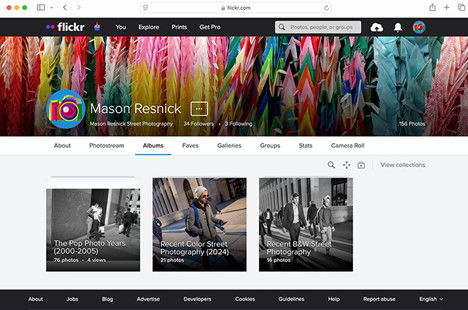
Bluesky
I’ve also found that Bluesky has turned into a helpful place to gauge interest in my newer work. It is an entirely different audience—mostly arts-oriented. (There is also a lot of political chatter, but only if you choose it. That’s a much friendlier algorithm.)
Twitter was never a successful platform for me, either personally or professionally. I left when the political discourse took it over.
I have gotten minimal reactions and no jobs from Instagram, but I’m giving it another chance and basically duplicating my Bluesky posts. However, there is a lot of static from political posts and unsolicited ads.
Blogs
I now have three blogs and am in the midst of populating them. One of them is dedicated to my photography business; the second focuses on my photo restoration projects; the third is a catch-all for posts about street photography, allergy treatments, and the photo industry. The advantage is that I have full control over the content. The disadvantage: Driving traffic. That’s my next challenge.
And, of course, I have my web site, which I have total control over.
This is an incomplete list. I have yet to explore Substack, Redit, Telegram, etc. But as you can see, having multiple platforms can be useful in testing ideas, reaching different audiences, and establishing yourself as an experienced expert in your industry.
The bottom line? Diversify!

